For this virtual hack day of 2021, we had a dedicated focus: Cop26 and the environment. The recent IPCC report makes for grim reading which is why we decided to focus our attention on developing new interactive tools for our readers to stay informed. We produced and presented 19 amazing hacks over the two-day event, including a tool to read product ingredients and determine if they are vegan or not, a visualisation of the world showing data about temperature changes over the last century, an app for extending the life of all your belongings and keeping them out of landfill and an app that uses data from waqi.io to provide the quality of air by location. Below is a selection of the best concepts and designs from the event.
Best conceptual hack: know your rubbish
Recycling in the UK can be confusing; we noticed recycling rules change depending on which borough, town and region UK readers live in.
This hack aims to tap into the emotions of readers of environmental stories, triggering hope and inspiring change by offering a lighthearted quiz that educates and tests their knowledge of the recycling rules in their local area.
A full width editorial module with a postcode finder would be displayed in the environment and climate crisis sections for the UK audience. It would trigger an overlay of recycling statistics about an area and start a quiz using public data that contains all the regional recycling rules and national stats. On completion of the quiz, readers are shown a comprehensive list of what is and isn’t recyclable, and are provided options to share the quiz with others to help improve recycling.
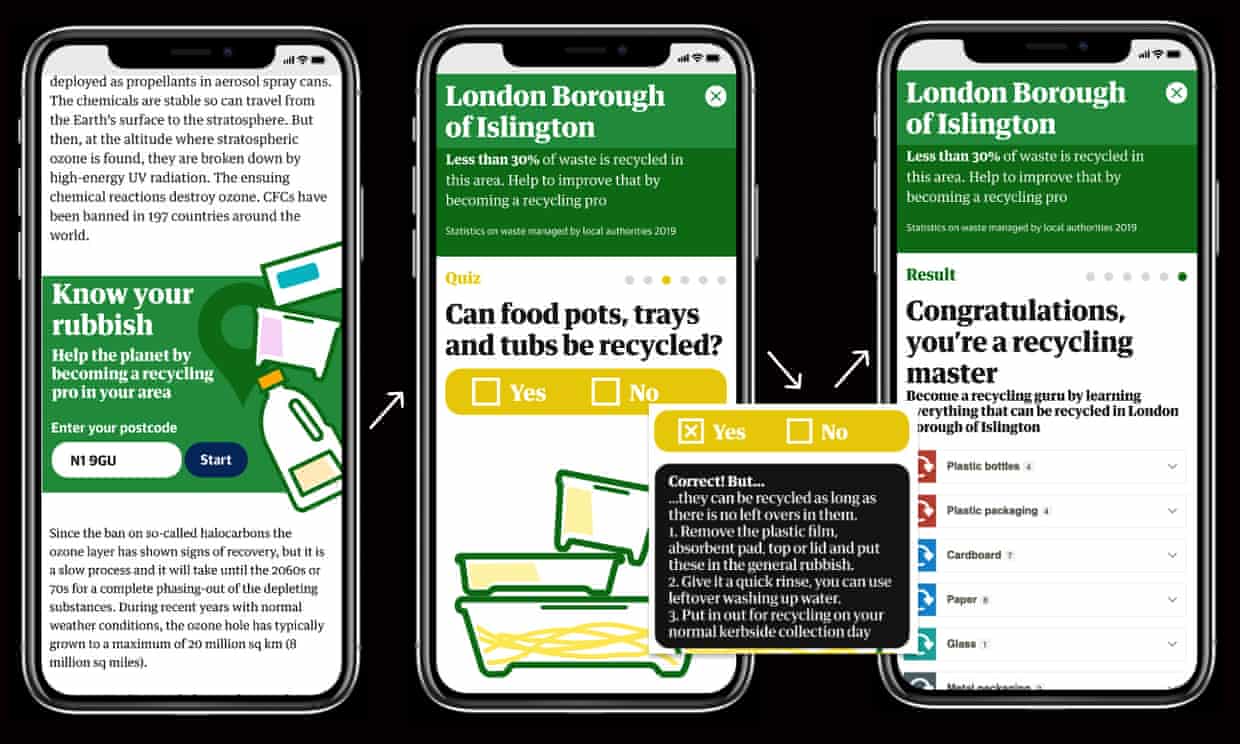
Best technical hack: lower-fi Guardian
Two hack days ago, a Guardian colleague posed the following question: ‘Why not make the Guardian lighter?’ It was a noble endeavour – aiming to reduce the weight of the Guardian and make it more accessible to people with limited bandwidth or data. We could make the Guardian much lighter, by removing the javascript, trackers, ads and webfonts.
This hack day this idea was taken to its extreme with lower-fi Guardian: an edition of the Guardian for Telnet, a networking protocol that came before the world wide web, all the way back in 1969. For the first time, you could even read the Guardian from your old Amstrad computer. A live server was run from a Raspberry Pi with all content pulled in live from the same APIs used to populate the Guardian website.
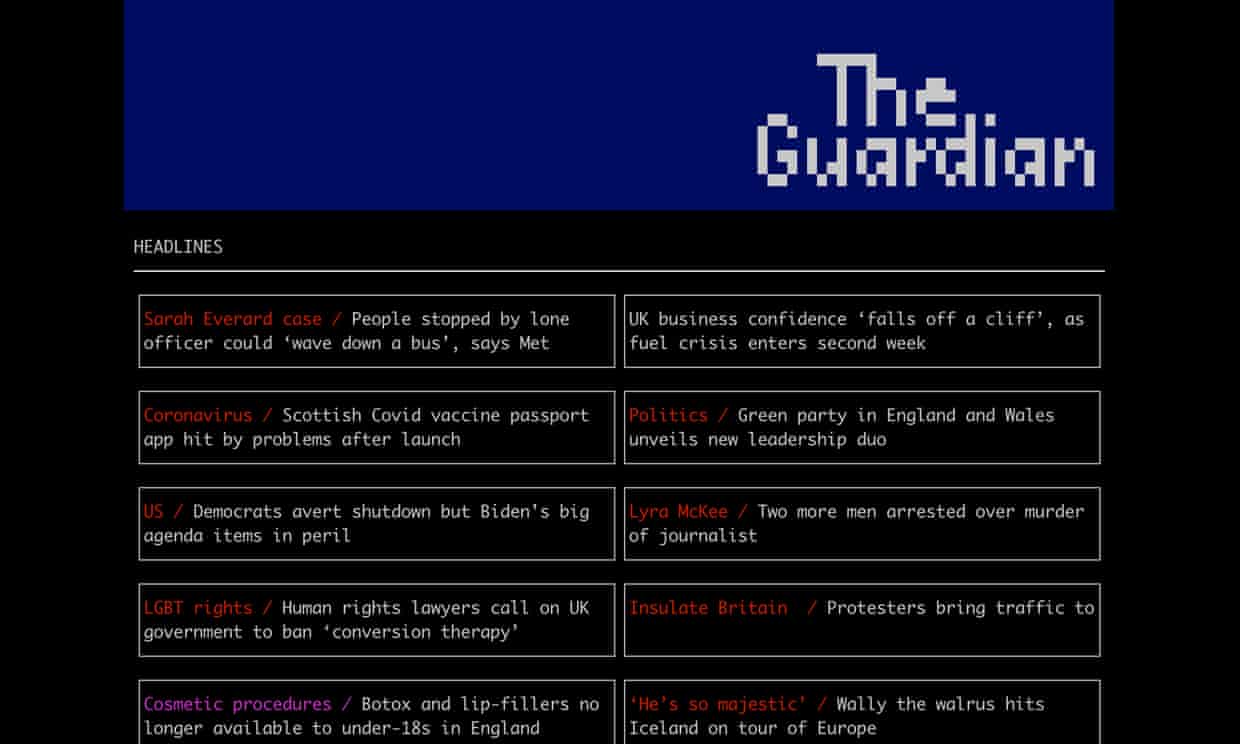
Most entertaining hack: re:use
Re:use is an electronics recycling app that uses augmented reality to identify your old electronic items. It then gives you options to repair or recycle your items or protest- which prints a label to send your product back to the head office of the company that made it.
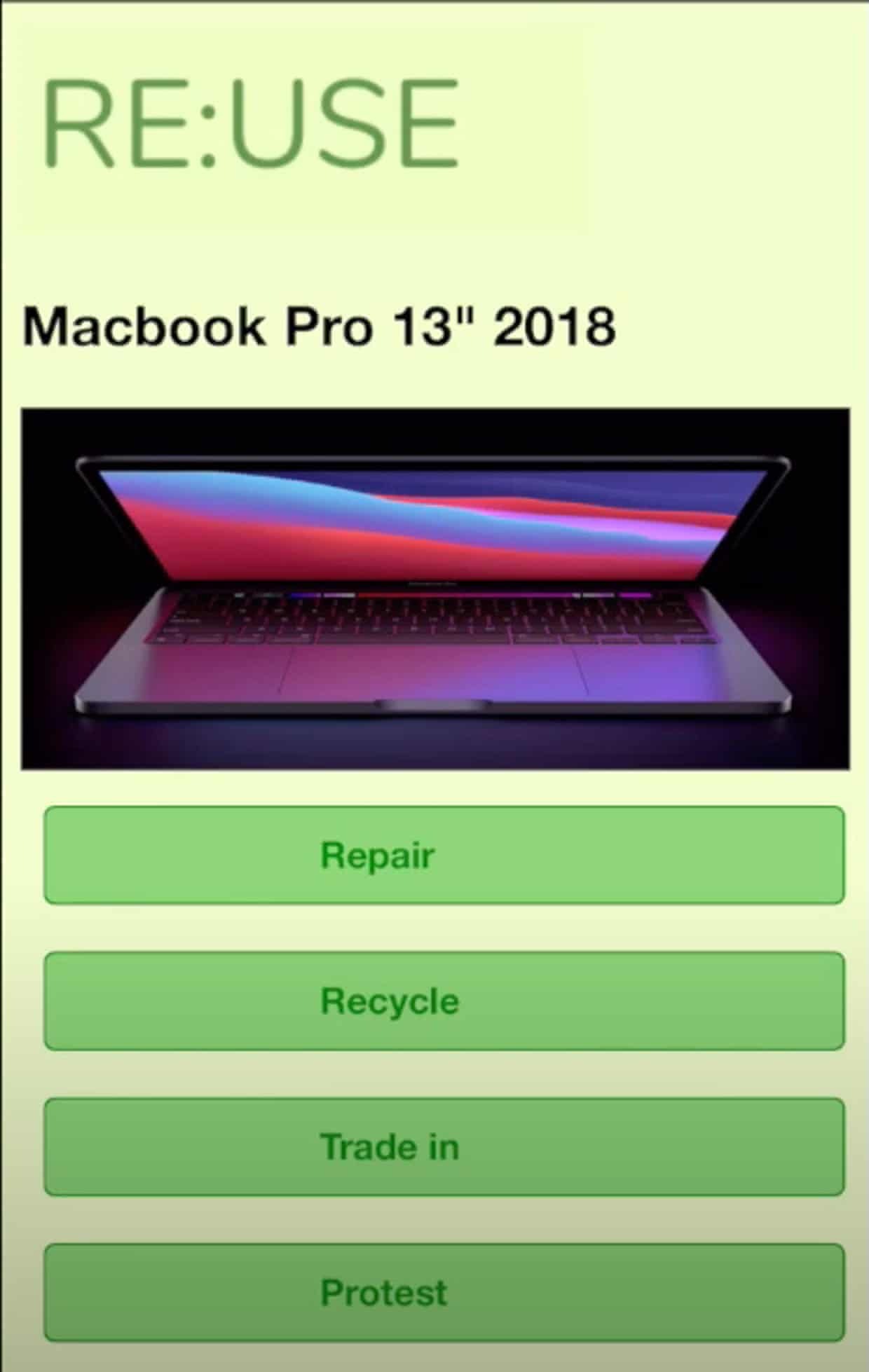
Greenest hack: it was a 3-way tie!
The ‘know your rubbish’ hack won ‘greenest hack’ along with these two other creations.
dot-quorn-rendering
dot-quorn-rendering is a prototype of a website that allows you to compare the environmental impact of producing different foods in terms of the water, land used and emissions produced. Foods can be selected from the two drop-downs to see both facts and a visual comparison of the resources used to produce two foods.
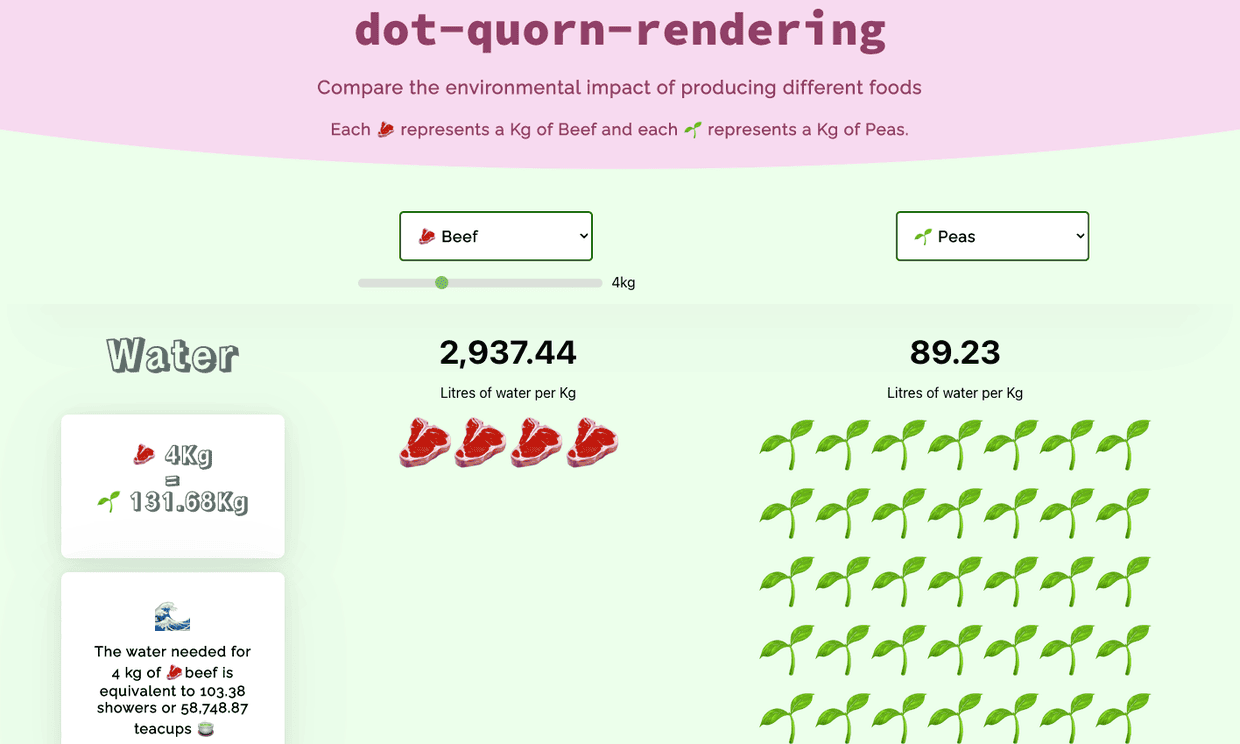
your climate wrapped
This idea was about creating a sense of belonging and identity by creating a climate community. The approach was to create a questionnaire where readers could measure their effect on the climate, share their results, and interactively check how they can adjust their carbon impact to meet the UK’s 2045 net zero climate target.
In the questionnaire, readers would be asked about their annual travel information, local area/community, current energy supplier and spending and diet, which were combined into a grid on the overview page. By adjusting the answers to the questions readers could see how each activity affected their carbon footprint. Data was pulled into a single API from multiple sources, including the WWF, National Grid, TheyWorkForYou and others.
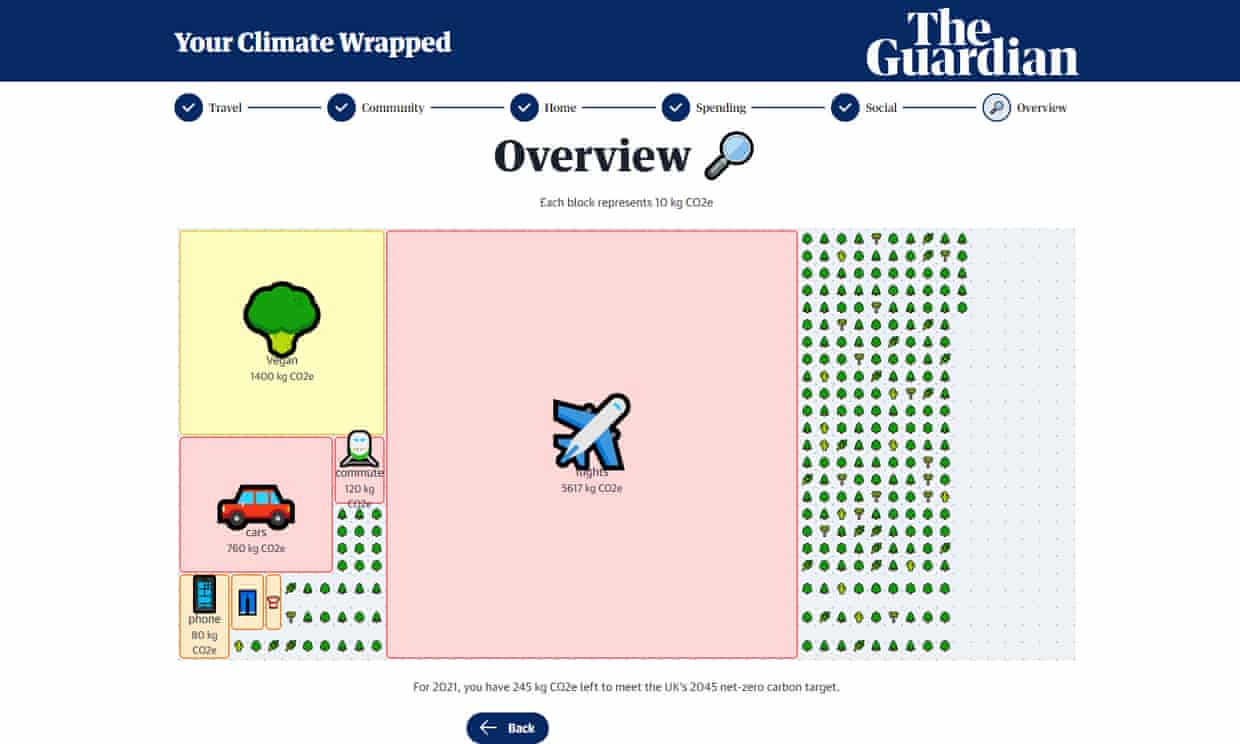
As always, we would like to say congratulations to all the Hack Day pioneers, as well as a huge thank you to everyone who participated and the many people behind the scenes who help make Guardian hack days happen.
Our head of editorial innovation, Chris Moran, said: “As always with Hack Day, it’s the diversity and creativity that’s really the star of the show, with ideas ranging from reader-facing interactives and data visualisations to a lower-fi Guardian website designed to deliver the news to readers in the most sustainable and simple way. It’s also a reminder of the importance of working across departments to ignite a creative spark, a Hack Day tradition that goes back many years, with Ophan reaching its 10th birthday very soon.”
Till next time!
